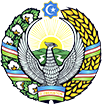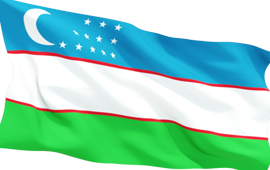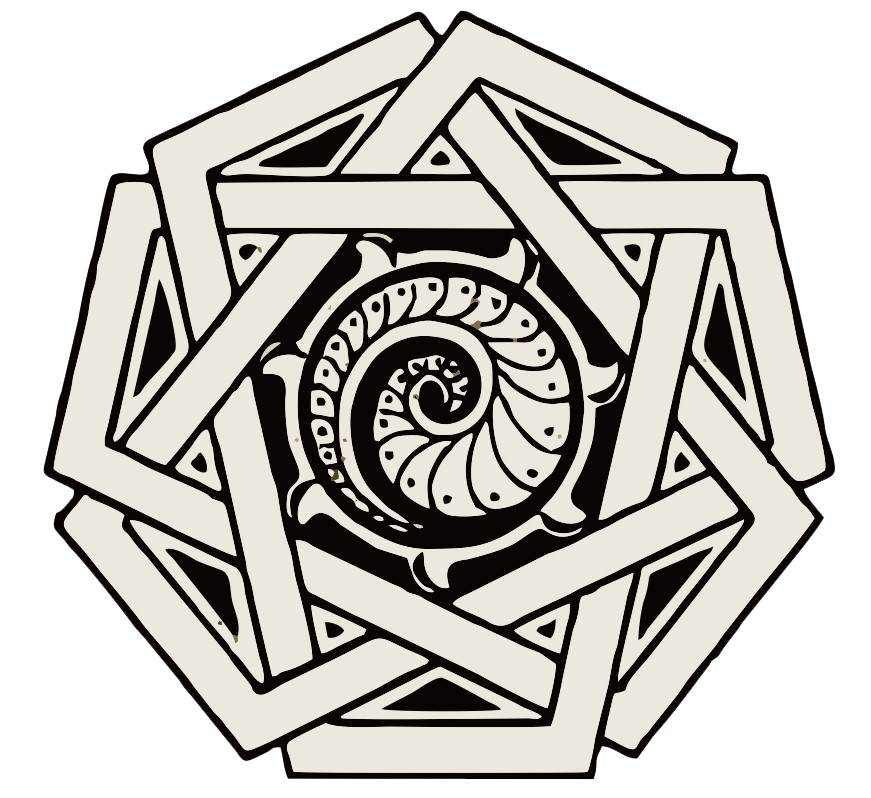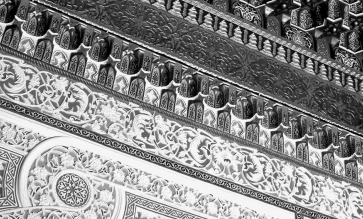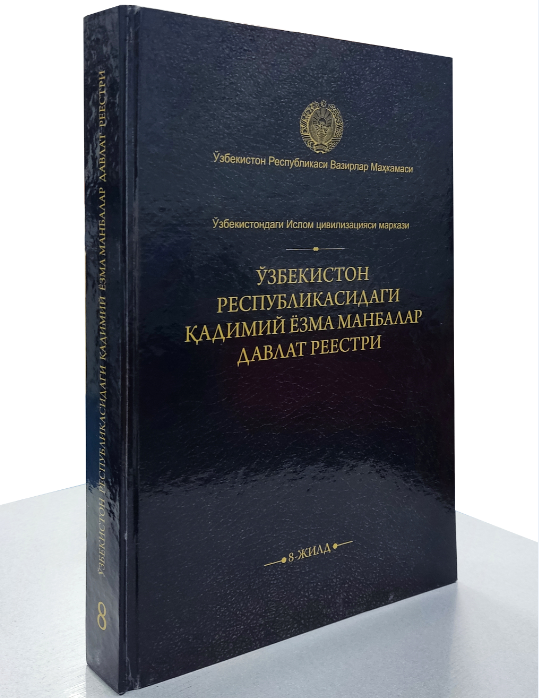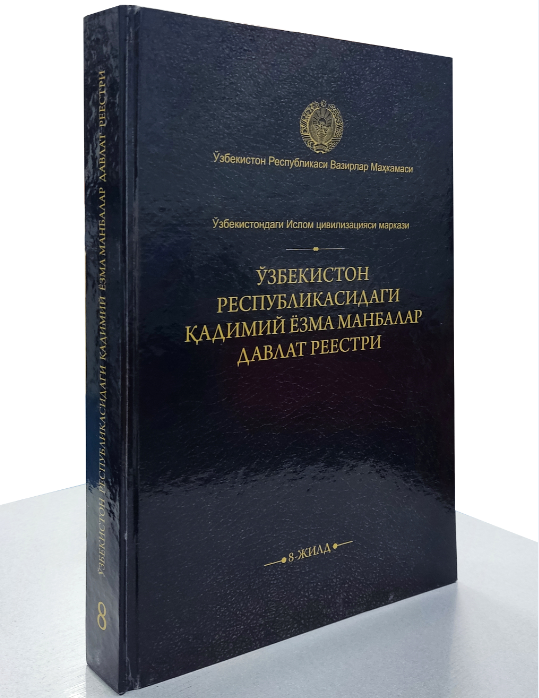Islam today largely determines not only the spiritual background, but also the political, economic and social sphere of life in many regions and countries of the modern world. The Islamic factor plays a huge role in Uzbekistan, where after gaining independence, Islamic values were revived and received a new breath. Today there is no doubt that the artistic culture of Islam is one of the pillars of world civilization. Islamic art had a huge influence on the development of all world art. This aspect is very important in the light of the initiatives of the President of Uzbekistan Sh. Mirziyoyev to promote and study the humanistic ideas of enlightened Islam and to create a Center for Islamic Civilization in Uzbekistan. With the revival of traditional spirituality and the roots of national culture in the republic, the humanities have gained the opportunity to objectively assess processes that had until now been distorted or hushed up due to the ideological prohibitions of the Soviet period. One of these blank spots was the art of Islam, which played an extremely important role in the formation of the spiritual and cultural space of Uzbekistan. From the 8th–9th centuries. Until the beginning of the twentieth century, the culture and art of the peoples of Central Asia developed within the framework of the ideological, theological and aesthetic ideas of the Muslim world. Today, it seems relevant to identify, from the perspective of new historical realities, artistic values created by the peoples of Central Asia, in particular Uzbekistan, in Islamic times. The cultural community of this territory, formed during the Islamic period, received a new manifestation in the twentieth century, when the states of Kazakhstan, Kyrgyzstan, Tajikistan, Turkmenistan and Uzbekistan were formed as part of the former USSR. Incorporation of these regions in the 1920s into a unitary state and the proclamation of atheism as the dominant ideology, deprived Islam of the social and state monopoly that it had here in previous centuries. And, although the traditions of Islamic aesthetics and art continued to manifest themselves in various forms of culture, nevertheless, in the twentieth century, the artistic culture of these peoples was determined by fundamentally different social and aesthetic paradigms. At the end of the 20th century, due to the collapse of the Soviet empire, a kind of resuscitation of Islamic values took place in the states of Central Asia, caused by the growth of national and cultural self-awareness. And although constitutionally all these states declared themselves secular, the Islamic heritage as a centuries-old tradition is again becoming an important factor in their self-identification. The political and social changes that occurred in the post-Soviet era in the mentioned states, the increased interest in the study of national history and artistic heritage, created the conditions for a more complete and objective identification of the logic of the development of medieval culture and art of Islamic times. At the turn of the 7th–8th centuries. Central Asia was conquered by the Arabs, which led to the penetration of Islam, but these events were reflected in culture only starting from the 9th–10th centuries. It was at this time that a new style was formed and developed, which laid the foundation for the so-called Muslim art. Monumental sculpture and wall paintings, abundantly represented in the monuments of Uzbekistan of ancient and early medieval times, have gradually disappeared since the 7th century. Fine culture gives way to ornamental art, which becomes one of the dominant features of Muslim aesthetics, determining the features of the style of artistic craft and the design of architectural structures throughout the Middle Ages. This is largely due to the fact that Islam, as the dominant religion, unlike Christianity and Buddhism, refused to use painting and sculpture to propagate its ideas. With the development and establishment of Islamic theology, the negative attitude towards visual forms, including images of living beings in works of applied art, which were allowed in the first centuries of Islam, intensifies, and the ornamental pattern becomes dominant. For the history of culture as a whole, this was an era of “erasing boundaries”, when narrow local traditions were being broken and a new, syncretic or, as it is called, “Islamic art” of the peoples who became part of the Arab Caliphate was created.
Thus, the art of Islam, whether consciously or not, becomes the most important consolidating factor of Muslim peoples, and its ornamental and abstract aesthetics turned out to be the most optimal in the conditions of adaptation and spread of the ideology of Islam in the vast territories of the Near and Middle East. At the same time, despite the common stylistic and ideological features, the art of each region of the Islamic world had its own characteristic features, determined by previous historical and cultural traditions. In the history of art of Uzbekistan, the era of Islam lasted more than a millennium and has its own periodization. The emergence and formation of a new aesthetics continued from the 9th century until the Mongol invasion and less intensively, but continued to develop throughout the 13th century and the beginning of the 14th century. The second period includes the art of the era of Amir Temur and the Temurids - XIV - early. XV centuries, which was marked by a kind of renaissance in the social and cultural life of not only Maverannahr, but also the entire Middle East, on the territory of which the empire of Amir Temur spread. At this time there was a true rise in the arts, poetry and science. Artistic crafts, miniatures and architecture reach particular flourishing. The style of luxury and grace triumphs. And finally, the third period - the 16th - the end of the 19th century - the period of the Uzbek khanates, which is characterized by stagnation in the sphere of economy, international trade and urban planning. This is reflected in art, where a change in style is taking place—the refinement of patterns and their canonization are felt, and the traditions of local art schools are being strengthened. However, this period was also marked by the creation of true masterpieces of crafts and architecture, which were included in the golden fund of the national art of Uzbekistan. In the 20th century, the traditions of Islamic culture and art were significantly changed due to socio-political events in the Central Asian region. The establishment of a new atheistic regime, associated with the coming to power of the Bolsheviks and then the Communists, had a strong impact on the future fate of local culture and art. New types of art are being formed here - theater, cinema, fine arts. Only in the sphere of traditional applied art are the aesthetics and techniques of the former Muslim canon of art preserved. This monograph is the second research project of the author within the framework of a grant on the topic “Islamic art is an integral part of world culture” from the Center for Islamic Civilization in Uzbekistan. The first edition of “History of Arts of Uzbekistan. Antiquity, Middle Ages, Modernity" also includes materials from the art of the Islamic period. However, due to the wide chronological range and features of the empirical interpretation of artifacts in the book “History of the Arts of Uzbekistan,” it was not possible to examine in more depth unexplored issues or little-studied aspects of the Islamic artistic heritage and its modern models and forms. In this publication, for the first time, an attempt has been made to explore the most important phenomena in the historical development of Islamic art of Uzbekistan and the features of its poetics in the context of historical realities and processes. Throughout the twentieth century, the aesthetics of Islamic art and its ornamental system have preserved their centuries-old traditions in various types of Uzbek artistic crafts and the architecture of mosques, the active construction of which has been observed since 2017. Today, artists and sculptors from different countries and regions of the Islamic world claim to be creating new Islamic art. Similar processes are observed in the fine arts of Uzbekistan. Based on this, the book pays attention to the study of this issue in the context of the practice of art in the modern Islamic world.
Akbar Khakimov Islamic art of Uzbekistan: philosophy and poetics
